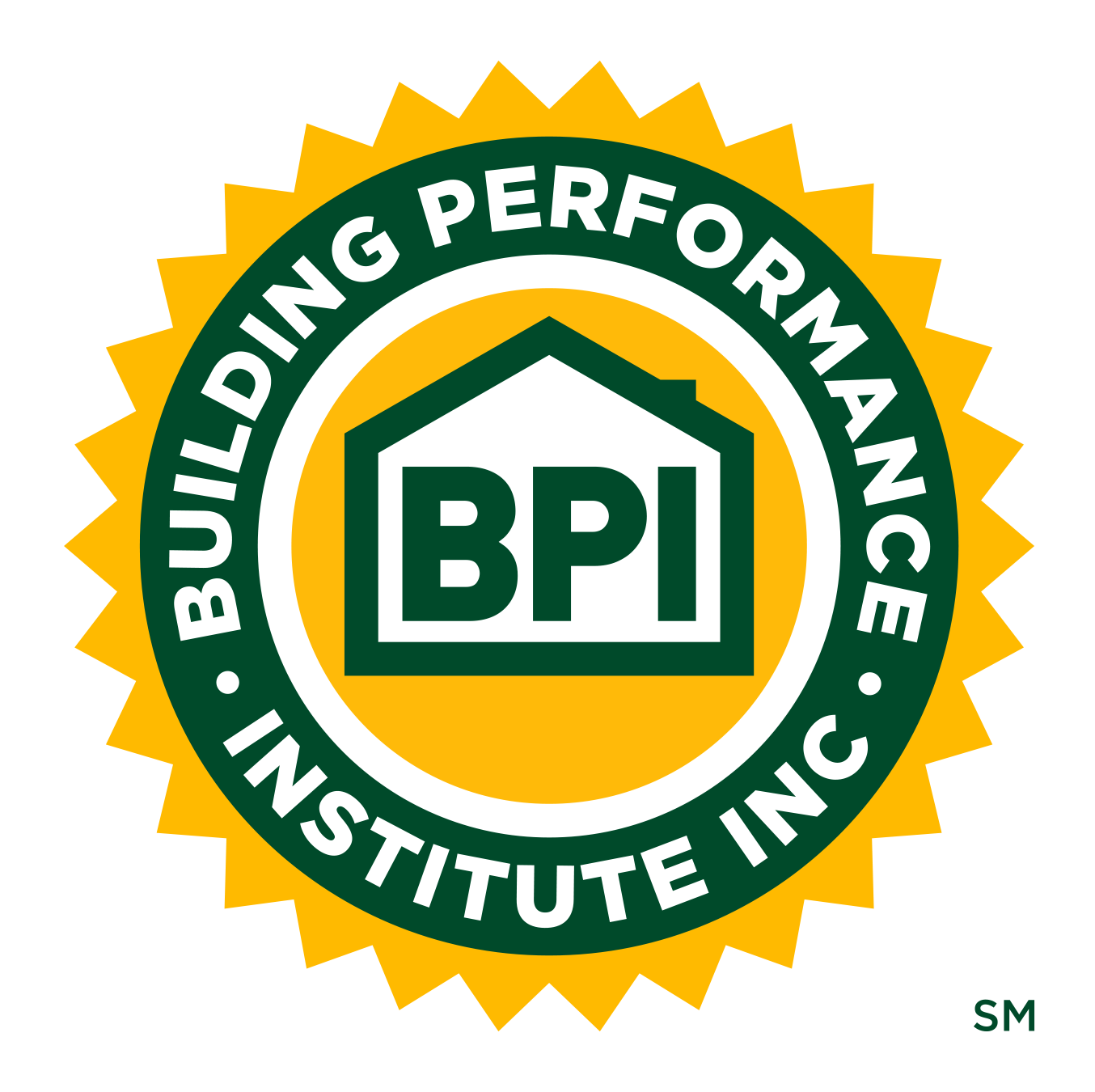As winter approaches, taking proactive steps to protect your home can save you from cold-weather hassles and potentially expensive repairs. One of the first areas to address is your outdoor living space. Patio furniture, for example, is vulnerable to rust and damage from harsh winter elements. To prevent deterioration, it is wise to store furniture indoors or cover it securely as recommended by experts like Shane Segur from Home Depot. Additionally, preparing your garden hoses by draining them and safeguarding your firewood under a tarp secured with rope can help avoid freeze damage and ensure your wood remains usable for those cozy winter fires.
Another important aspect of winter preparation involves safeguarding your outdoor utilities and resources. Taking the time to protect these vital components from freezing temperatures can save you a significant amount of trouble and expense. It’s suggested to insulate outdoor pipes and ensure all water is drained from hoses to prevent them from bursting. Moreover, covering outdoor plants or moving them indoors can shield them from the cold snap, preserving your landscaping efforts and contributing to an overall well-maintained property heading into the colder months.

- Innovative window solutions for enhanced home insulation and energy efficiency. Source: goodhousekeeping.com
When cold air infiltrates your home, it can lead to increased heating costs and an uncomfortable living environment. Addressing insulation and sealing gaps in your home’s exterior is a crucial step in winter-proofing. Simple DIY tasks, such as using caulk or expanding foam fillers to seal drafts around windows, doors, and foundation cracks, can make a significant difference in retaining heat and reducing energy costs. Employing strategies like these can also deter unwanted pests seeking refuge from the cold, ensuring a warmer and more efficient home throughout the winter season.
In addition to sealing gaps, upgrading your home with energy-efficient windows and doors can further enhance its warmth and utility savings. Double- or triple-pane windows, for instance, offer superior insulation over single-pane alternatives, helping to keep the cold out and the warmth in. Adding storm doors and using insulating window treatments are effective measures to combat heat loss. These upgrades not only contribute to a more comfortable interior climate but also add value to your property by enhancing its energy efficiency and appeal.

- Building Performance Institute: Your guide to home insulation and winter preparation. Source: goodhousekeeping.com
Managing the interior climate of your home efficiently can significantly contribute to your comfort and energy savings during winter. A programmable thermostat is a cost-effective tool that allows you to tailor heating schedules to your daily routines, ensuring your home is warm when needed while conserving energy when you’re away. Furthermore, to protect your floors from slush and salt brought in from outside, employing tactics like placing doormats with rough textures and utilizing boot trays can prevent damage and maintain cleanliness throughout the season.
Winter also brings specific maintenance tasks that are essential for ensuring your home’s safety and functionality. Regularly cleaning out your gutters, for example, prevents blockages that could lead to ice dams and water damage. An often-overlooked task is the annual inspection and cleaning of your chimney, if you have one, to avoid fire hazards and ensure efficient heating. Such maintenance tasks not only safeguard your home against potential winter damage but also contribute to a more enjoyable and worry-free season.

- Explore incentives for home energy efficiency upgrades before winter arrives. Source: goodhousekeeping.com
In conclusion, preparing your home for winter involves a combination of outdoor and indoor efforts aimed at protecting your property and enhancing your comfort. From securing outdoor furniture and resources to sealing drafts, managing interior climate, and tackling essential maintenance, these steps form a comprehensive approach to winterizing your home. Embracing these practices can lead to significant energy savings, increased safety, and a more comfortable living environment as you navigate the colder months. With strategic preparation, you can ensure your home is a warm, welcoming sanctuary throughout the winter season.
